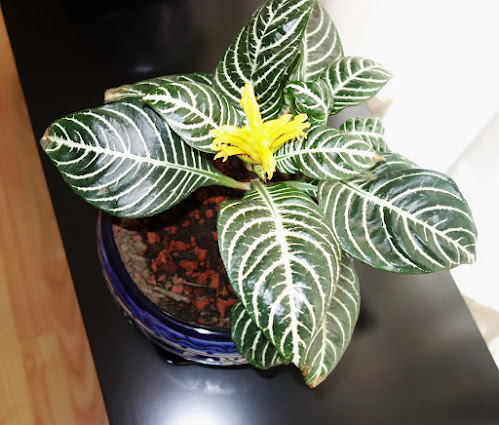For decades, Mexico City has been the epicenter of gay life in Mexico. Even when homophobia was rampant in a society where machismo was the norm, gay people from throughout the country sought refuge in the anonymity of the big city. Homophobia still exists in the less cosmopolitan parts of the city, but today the metropolis is generally welcoming. In 2010 Mexico City was the first jurisdiction in the country to pass marriage equality, five years before the U.S. Supreme Court ruled that same-sex couples had the right to marry north of the border. It is not uncommon here to see same-sex couples walking down the street holding hands... much more common than back in Ohio. When Alejandro and I went to the civil registry to apply for our marriage license last year, nobody batted an eyelash.
June is Pride Month, and at the end of the month the Pride Parade will march down Paseo de la Reforma to the Zócalo. It is one of the largest Pride Parades in Latin America, and regularly attracts 300,000 spectators. So, it's not surprising to see signs of pride throughout the city.
I must say that I was a bit surprised that the first rainbow flag that I saw this month was on a government building... the headquarters of the "Centro Histórico".
Later I saw the rainbow colors decorating the headquarters of the Mexican Social Security Institute.
A rainbow flag at the entrance to the San Carlos Art Museum
A window display in the Levis store on Madero Street
The message on this sign in the window of a branch of Scotiabank was obviously for Pride Month: "Here all people are welcome."
These signs in English were in the window of bakery in Condesa (a heavily "gringofied" neighborhood).
There were more rainbow colors to be seen along the Paseo de la Reforma.
At the Four Seasons Hotel
At a branch of "Le Pain Quotidien", a chain of European restaurant / bakeries
On an apartment above a Starbucks
In the Zona Rosa, the center of Mexico City's gay nightlife, there was a street stand selling Pride souvenirs.
Finally, at Toks, a restaurant where Alejandro and I usually have breakfast on Sunday mornings, the placemat advertised a rainbow "concha", a type of sweet bread.




















































